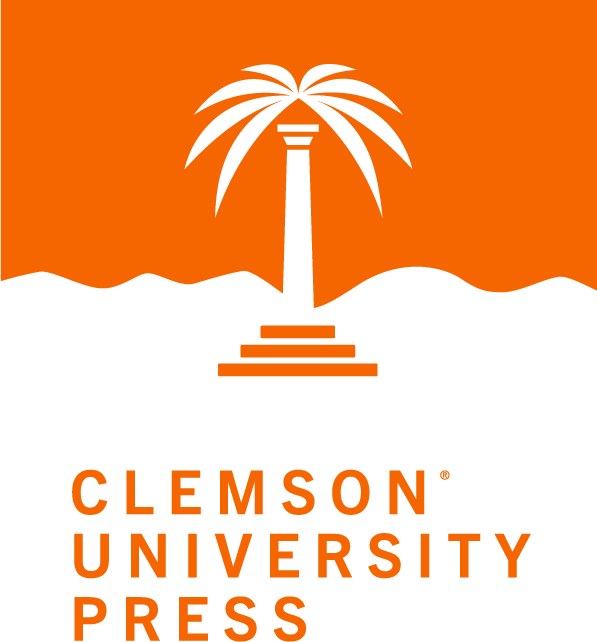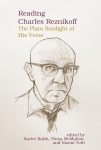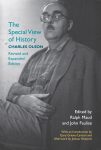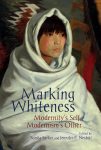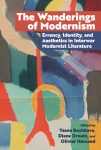Reading Samuel Johnson
Reception and Representation, 1750–1970
Phil Jones
This book examines how Samuel Johnson was assimilated by later writers, ranging from James Boswell to Samuel Beckett. It is as much about these writers as Johnson himself, showing how they found their own space, in part, through their response to Johnson, which helped shape their writing and view of contemporary literature.
Reading Samuel Johnson examines how the eighteenth-century author, lexicographer, and wit, Samuel Johnson was later read and represented by writers between 1750 to 1970. The writers range from James Boswell and Jane Austen to Lord Byron and Samuel Beckett. The book focuses as much on these later writers as on Johnson himself. It also examines how Johnson sought to understand himself, and how later writers responded to or ignored Johnson’s own self-understanding. This is the first detailed historical analysis of the way that later writers engaged with Samuel Johnson over an extended timeframe (of over 200 years).
The book sheds light on how writers bring their own unique creative energies, preoccupations and cultural affiliations to the reading experience. Writers find their own space, I argue, in part, through their responses to other authors. Reading Johnson has prompted writers, in turn, to write about him. Translating Johnson for contemporary audiences, authors have used very different means, including the writing of letters, essays, biographical representations, poetry, fiction and editorial practice. This has proved a dynamic process, both shedding new light on Johnson but also impacting writer’s own imaginative practice. ‘Reading Dr Johnson’ has, therefore, always been a pre-eminently creative process.
About the Author
Philip Jones is an independent scholar and Chairman of the Johnson Society (Lichfield). He has written widely on Johnson and the eighteenth century in Johnson Society journals. He has written papers on eighteenth-century culture, including Johnson’s relationship to (and membership of) the RSA, and the role of Lord Monboddo in the development of proto-evolutionary theory. He is also interested in how Johnson has been institutionalised into museum culture; how artefacts relating to Johnson have been consumed, and patterns of patterns of visitor attendance.
“Reading Samuel Johnson is an impressive, highly scholarly contribution to Johnson studies.”
Malcolm Jack, The New Rambler

Details
Pages: 320 pages
Published: December 2023
Formats
Hardback
ISBN: 978-1-63804-075-0
eBook
ISBN: 978-1-63804-078-1
Subjects
LiteratureSeries
18th-Century Moments